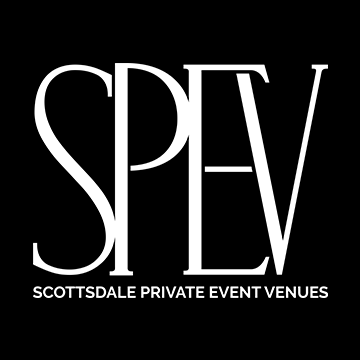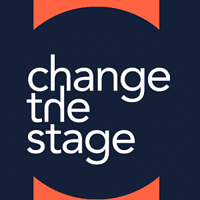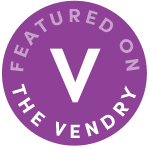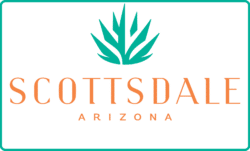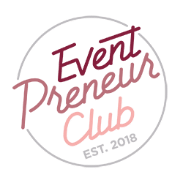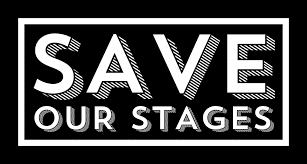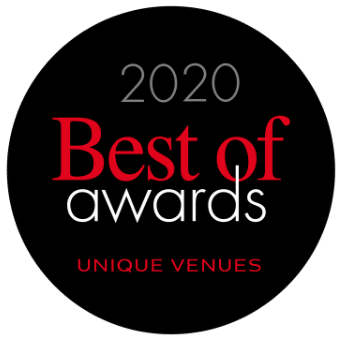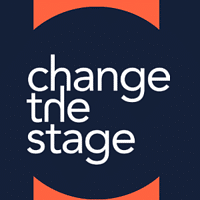Robyn speaking at E2MA’s Red Diamond Congress (image by Full Capture Photography)
Today’s guest post is by Trade Show Strategy Speaker, Trainer, and Consultant Robyn Davis.
Move over, baby boomers—Millennials are now America’s largest generation. And, according to a study by Meetings Mean Business, those 18-to-35-year-olds like to meet face to face just as much as their elders. So why do so many organizations struggle to attract and engage Millennials (and their even younger cohorts) in their events?
As both a Millennial and a trade show strategy specialist, here are 10 ways you can get those young professionals to bring their passion, creativity, and fresh perspectives to your conference program—and keep them involved for years to come.
1. Honor them with awards
Although I don’t believe in “participation awards,” I do appreciate recognition for my efforts when it’s warranted. To celebrate the young professionals who are already making an impact within your industry, consider selecting a few of the most promising YPs for categories like “Rising Star” or “ to Watch.”
2. Provide a scholarship (and encourage employers to chip in too)
Because budget is still a major concern for many companies, seniority often plays a role in selecting which staffers will be allowed to participate in your program.
3. Invite them to network with one another
Having an exclusive social event or other activity for young professionals can be a great way to show those who are participating that they aren’t alone (and to create the memories/value required to encourage even more YPs to return).
4. Create a space for them in your agenda
Many young professionals, myself included, put a lot of time and energy into educating themselves on important industry issues. As such, some may be qualified to present an educational session, while others may be better suited to facilitate or participate in a panel discussion. So, if you have any space available, don’t overlook the value young professionals can bring to your agenda.
Mini-rant on speaker selection: The reason we should strive for diversity (with respect to age, but also gender, industry segment, etc.) in speakers, especially on panels, is not so we can appear inclusive, fulfill a quota, or avoid getting blasted on social media.
5. Highlight potential careers
One of the biggest motivations for including young professionals in events is to create a pipeline full of enough interest, talent, and je ne sais quoi to fill future industry openings.
6. Equip them to succeed
Despite the negative stereotypes, young professionals do care about their performance and want to improve. To support this progress, bring in speakers who can train your YPs on the topics they need hear, in the way they need to hear the information, according to their current roles and goals.
Tip: Soft skills and career skills (e.g., networking, negotiation, etc.) are great choices for this type of training. However, if you’re stuck on selecting a specific topic, consider taking a vote or empowering a special “young professionals’ content committee” to make the final decision.
7. Match them up
These mini-mentoring sessions will give participants the opportunity to learn from each other, as both parties have something meaningful to contribute and gain.
8. Highlight internship opportunities
For those still in college (or transitioning to your industry), internships can be invaluable. If your event has a career fair component, provide special signage to highlight the companies with internships available.
9. Offer college credit to them
Just as you are likely offering continuing education credit to the professionals who participate in your educational sessions, you could be offering college credit to the students who participate.
Bonus: By partnering with local professors, you begin to amplify your reach to potential industry members (who may one day join your organization, and tell their friends, as a result) with little extra effort on your part, as it’s the professors who will encourage the students to attend on your behalf… pretty cool, right?
10. Create a committee
Instead of trying to implement these suggestions on your own, create a committee of young professionals who can make the necessary plans, organize themselves/their ideas, and encourage participation, among other responsibilities.
These suggestions won’t work for every organization, but I hope they will inspire you to seek out the right opportunities that will work for you. Remember that every young professional is different, so personal conversations are likely to provide even more actionable feedback.
Bonus Tip: If you are not directly involved in your organization’s leadership but want to help, here are three ways you can step up today:
1. Set an example by inviting your own young professionals (anyone you know personally. Through your company or LinkedIn, etc.) to show their interest by getting involved in upcoming events and year-round efforts.
2. During any event you attend, set your intention to be welcoming and inclusive. Although many professionals and organizations think they are (and may even appear to be) already doing this. My experience has shown that it’s not always the case. So you may need to take a more objective look in the mirror and, ultimately, try harder.
3. Start a dialogue with your colleagues, associates, show management, and organization’s board members. Ideally, change will come from the top. But don’t forget that you have a voice so you can make a difference too.
Robyn Davis is a trade show strategy specialist and the owner of When I Need Help (WINH). She works with the organizations that host events to help them help their exhibitors. To learn more about Robyn, visit the WINH website, request to connect here on LinkedIn, or tweet to @Robyn_WINH.
